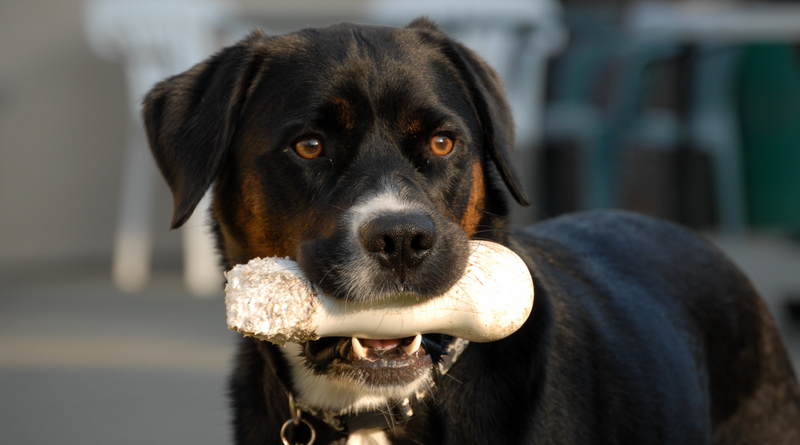
Possessive Aggression In Dogs
We all know that our furry friends are incredibly loyal and loving creatures. However, there are times when even the sweetest of dogs can display aggressive behaviour. One such behaviour is possessive aggression. In this blog, we will discuss what possessive aggression in dogs is, its causes, and how to prevent it.
What is Possessive Aggression in Dogs?
Possessive aggression in dogs is a type of aggression that occurs when a dog feels threatened by the presence of another animal or human near their possessions, such as food, toys, or even their favourite spot on the couch. When a dog displays possessive aggression, they may growl, snap, or even bite to protect what they consider their own.
What Causes Possessive Aggression in Dogs?
There are several reasons why a dog may display possessive aggression. Some of the most common causes include:
-
Lack of Socialisation: Dogs that have not been properly socialised may become possessive over their belongings and feel threatened by the presence of others.
-
Resource Guarding: Dogs that have been neglected or mistreated may develop resource guarding behaviour as a means of protecting their limited resources.
-
Fear or Anxiety: Dogs that suffer from fear or anxiety may become possessive over their belongings as a means of controlling their environment.
How to Prevent Possessive Aggression in Dogs?
Preventing possessive aggression in dogs requires patience and consistency. Here are a few tips to help you prevent possessive aggression in your furry friend:
-
Socialise Your Dog: Socialisation is key to preventing possessive aggression. Introduce your dog to other dogs and humans from an early age, and teach them that it is okay to share their belongings.
-
Use Positive Reinforcement: Use positive reinforcement to encourage your dog to behave appropriately. Reward good behaviour with treats and praise.
-
Teach Basic Commands: Teach your dog basic commands such as “drop it” and “leave it”. These commands can help you take control of a situation and prevent possessive aggression.
-
Consult a Professional: If your dog’s possessive aggression is severe, consider consulting a professional trainer or behaviourist. They can help you develop a training plan to address the behaviour and prevent future occurrences.
In conclusion, possessive aggression in dogs can be a dangerous behaviour if left unaddressed. As a dog owner, it’s important to recognise the signs of possessive aggression and take action to prevent it from happening. With patience, consistency, and proper training, you can help your furry friend overcome their possessive tendencies and live a happy, healthy life.
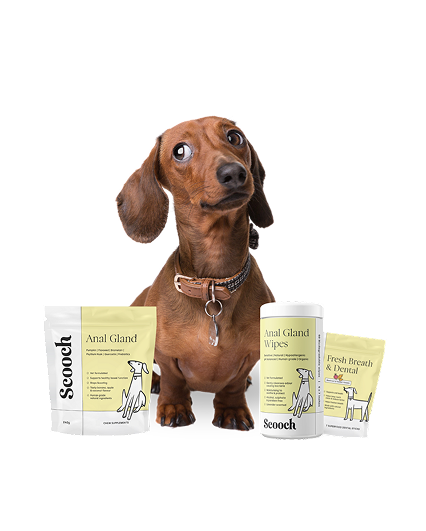
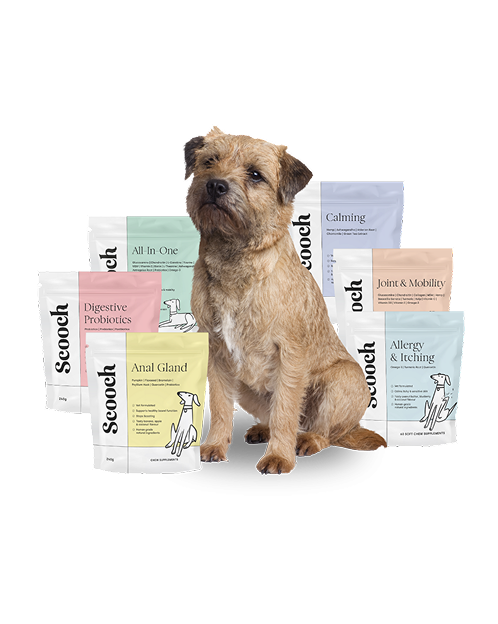
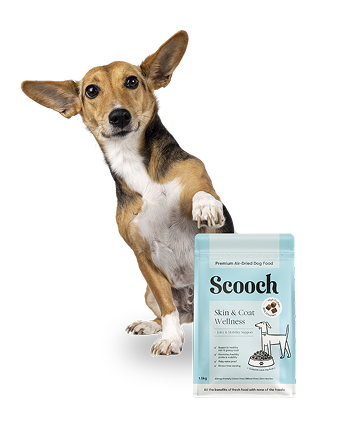
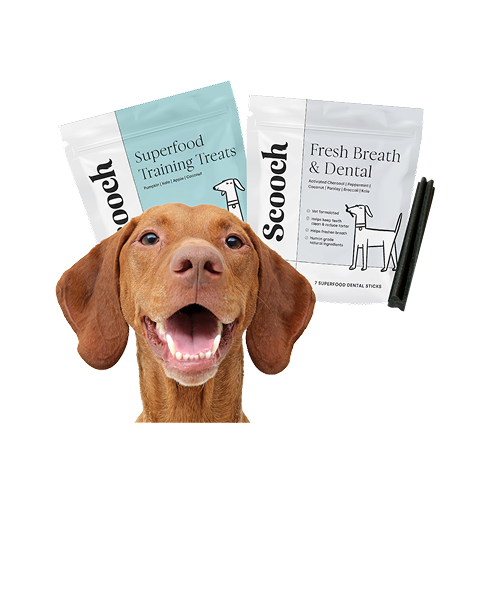
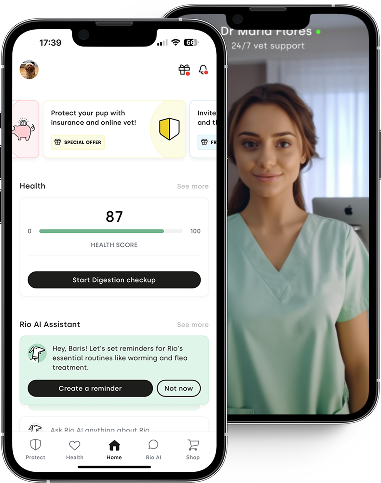 Scooch health
Scooch health